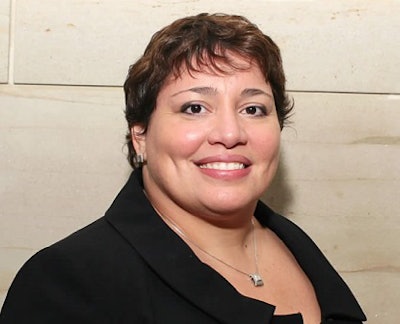 Excelencia co-founder Deborah Santiago says “the number of institutions that meet the enrollment criteria has been increasing every year since 1995.”
Excelencia co-founder Deborah Santiago says “the number of institutions that meet the enrollment criteria has been increasing every year since 1995.”
In 2011-12, HSIs, which include 169 four-year institutions and 187 two-year institutions, enrolled 1,480,722, or 56 percent of, Latino undergraduate and graduate students, according to the organizations which annually collaborate to publish HSI fact sheets on their respective websites.
“Our (HIS) lists are identical,” says Deborah Santiago, the co-founder and vice president for policy and research at the Excelencia in Education advocacy organization. Excelencia, which seeks Latino student success in American higher education with research and advocacy, posted the HSI data last week.
The HSI lists are created annually by the organizations using data from the Integrated Postsecondary Education Data System (IPEDS) from the U.S. Education Department. The Hispanic Association of Colleges and Universities (HACU), a membership organization, represents and lobbies on behalf of HSIs in Washington.
“We released our HSI list in March, and it’s the same list of institutions as Excelencia because we follow the same methodology. One of the things we wanted to ensure is that whether a person goes to HACU’s or Excelencia’s website he or she would have the same list,” says Emily Calderon Galdeano, the HACU director of research and information.
Additionally, the U.S. Education Department maintains its own category of HSIs, which are eligible to compete for Title V education funding. Title V eligibility requires meeting “criteria beyond enrollment,” Santiago says.
“The list we create is focused on enrollment. … Therefore the number of institutions that meet the enrollment criteria has been increasing every year since 1995,” she explains.




















